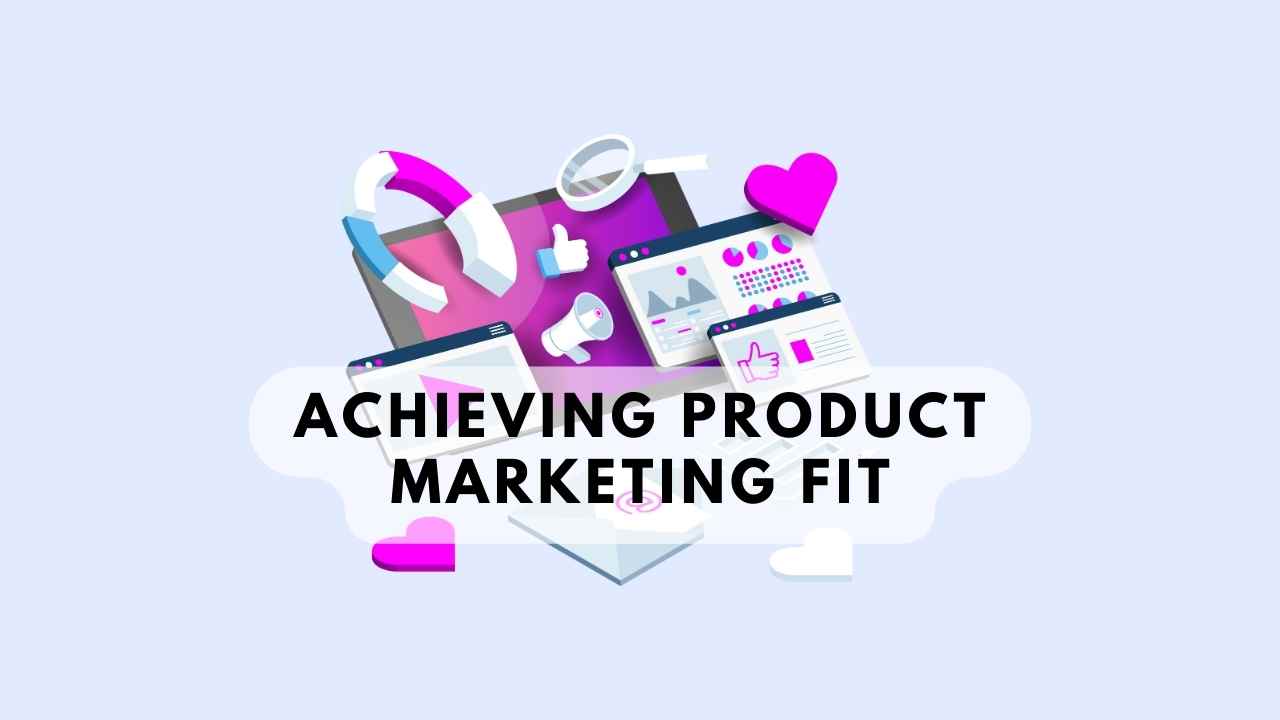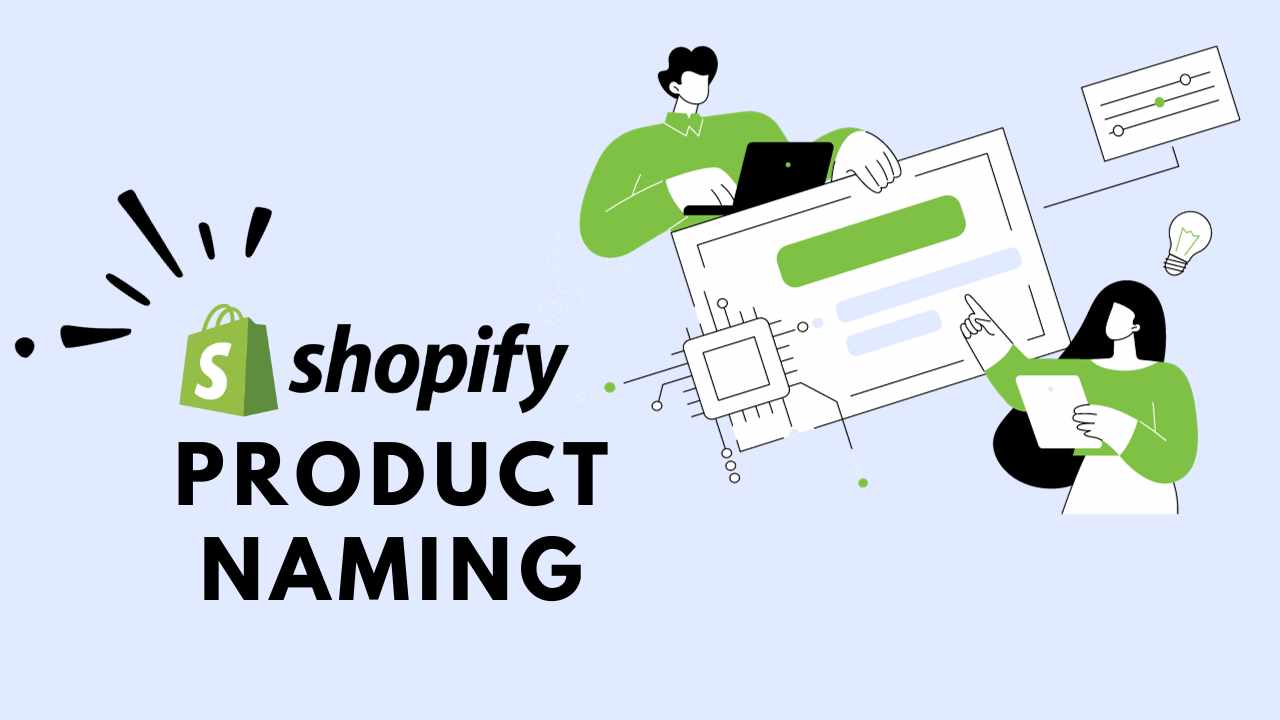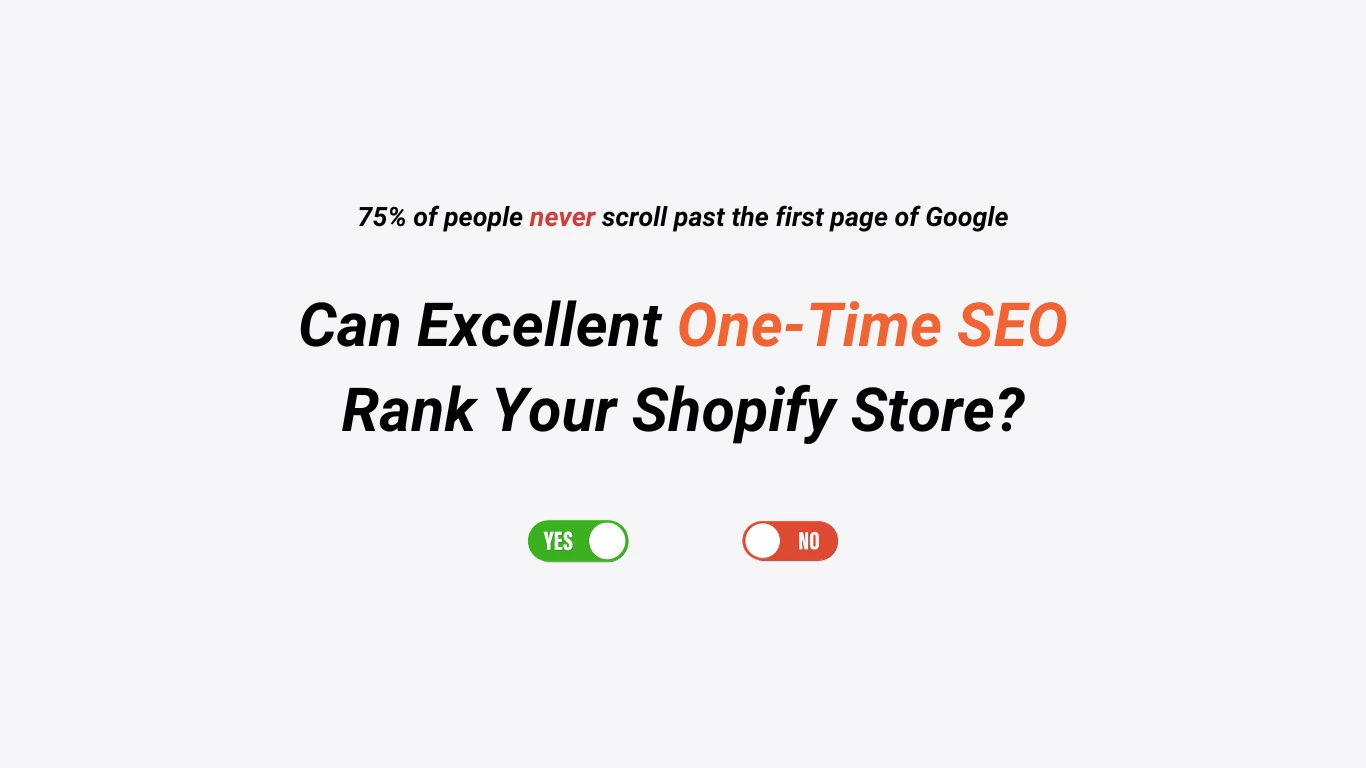When it comes to Shopify businesses, one term echoes through boardrooms: Product-Market Fit. Achieving this state is the key to unlocking Shopify success. In this article, we are going to talk about the importance of Product-Market Fit. More specifically, we are sharing some key metrics like CLV, AOV, Pricing Strategies, and more. Analyzing these metrics helps Shopify Businesses that aim towards achieving a bold market presence. Hopefully, this article helps you understand the transformative impact it has on businesses, customer satisfaction, and sustained growth.
The Essence of Shopify Product-Market Fit
Product-market fit is the sweet spot where a product seamlessly aligns with the needs of its target audience. If your Shopify Store products achieve the right product marketing fit, then your offer perfectly resonates with what customers seek. And this alignment isn’t easy to achieve. Here are some processes that lead businesses towards achieving the product-market fit.
- Meticulous market research
- Iterative product development
- Deep understanding of customer pain points
Let’s dive deeper into it.
Going Above And Beyond!
This is a customer-centric era. Just offering a good product is not enough. Product-Market Fit ensures that your product not only meets but exceeds customer expectations. It is about the service, the customer support, and value addition. The whole shopping experience counts. Shopify SEO Experts analyze many online businesses every day and they say “Go above and beyond with Personalized Shopify Marketing!” They understand your market intimately. They tailor product marketing based on key metrics such as CTC, Impressions, Page Visits, Bounce Rates, and more. They address specific customer needs creating a transformative experience that fosters loyalty and drives positive word-of-mouth.
Market Validation: The Litmus Test for Business Viability
Entrepreneurial journeys are full of uncertainties. Achieving Product-Market Fit serves as a powerful validation. Experts say that it’s the market’s way of affirming that your product has real-world demand. And so every business wants to achieve that. It is more important than ever in 2024. Let’s just say that a Shopify store that has not achieved the perfect market holds. Even then, it can still gain thousands of dollars. So why is this so important?
This validation is vital as it is a cornerstone for attracting:
- Shopify business investors
- Potential partners
- Potential customer base
These people recognize the tangible value your product brings to the market. It’s a big thing for any business.
From Traction to Market Domination
Capturing a slice of the market is not the goal here. Finding the Shopify product-marketing fit is about becoming an indispensable player for a niche. E-commerce businesses that achieve this fit define the product market itself. Here are the key elements to consider in the context of Shopify Product-Market Fit.
Shopify Product Trend Analysis:
TikTok is notorious for a range of viral trends. And it is the perfect opportunity for businesses to jump in. Continuously monitor and analyze market trends within your niche. This is a part of finding your product marketing fit. This proactive approach ensures that your products align with current market demands.
Compelling Shopify Product Descriptions:
Remember that optimizing Shopify product descriptions and titles is one of the best on-page optimization techniques. Craft product descriptions that highlight the benefits and unique selling points (USPs) of your product. And use concise language that resonates with your audience.
Switching the Pricing Strategy:
Determine a pricing strategy before you lose the opportunity to drive better profits. Sometimes, the perceived value of your products in the eyes of your target audience is much higher. Reducing your profit margin does not always make the customer excited. It can also mean that the products are not high-quality. This is why you must always analyze your prices. Consider competitive pricing, positioning, and the psychological factors that influence purchasing decisions on Shopify.
Shopify Image Optimization:
Shopify image optimization techniques such as lazy loading image improves UX. It gives users a smooth and lag-free experience on your Shopify Website. Often businesses do not work on this and lose a lot of clients. Besides that, optimizing stores for high-quality images helps to capture attention. Ensure that images align with your brand identity and effectively communicate your product’s attributes. This helps people to associate with your products faster.
Analyzing These Metrics Boosts Shopify Market Performance
First, gain insights into customer behavior, product performance, and Shopify sales trends. Some key metrics help to boost the market performance. So analyze the data to make informed decisions about inventory management and product optimizations.
- Customer Lifetime Value (CLV or LTV):
The total revenue a business expects to earn from a customer throughout their entire relationship. CLV helps assess the long-term value of customers. It plays a big role in guiding decisions on marketing investments and customer retention strategies.
- Shopify Average Order Value (AOV):
It is nothing but the average amount spent by customers in a single transaction. AOV provides insights into customer spending behavior and tailoring promotional strategies.
- Repeat Purchase Rate:
We have already discussed this in the article. This is the percentage of customers who make more than one purchase. The higher these rates go, the closer you are to achieving your Shopify product marketing fit. What does this indicate? Customer satisfaction and loyalty, are the key elements of Product-Market Fit.
- Abandoned Cart Rate:
It is the percentage of users who add products to their cart but do not complete the purchase. There can be many reasons for abandoned cart rates. Shopify Experts identify these reasons and create new changes to recover the potentially lost sales.
- Effective Marketing Channels:
Identify and utilize the most effective marketing channels on Shopify to reach your audience. This may include social media advertising, email marketing, influencer collaborations, and other promotional avenues. Tailor your marketing efforts to align with your target audiences. Besides that, Understand the channels through which users discover and visit your Shopify store. It helps to optimize marketing efforts on platforms that drive the most qualified visitors
The Art of Continuous Improvement
Product-market fit is not a static achievement; it’s a dynamic process rooted in continuous improvement. It thrives in the iterative cycle of customer feedback, product refinement, and evolving market dynamics. By embracing this perpetual quest for excellence, businesses not only achieve initial success but also position themselves to adapt and innovate in response to changing customer needs and competitive landscapes.
The Key Takeaways for Shopify Businesses
Working on achieving your Product-Market Fit is a strategic imperative. It’s the difference between mere existence and thriving success. If you already have a sales flow, then do not waste a second. Invest in understanding the market standing of your business online. It is a foundational principle that shapes every decision and action. We hope this helped you get a better hold of the topic. For more informational content on Shopify business growth, check out our latest articles.










